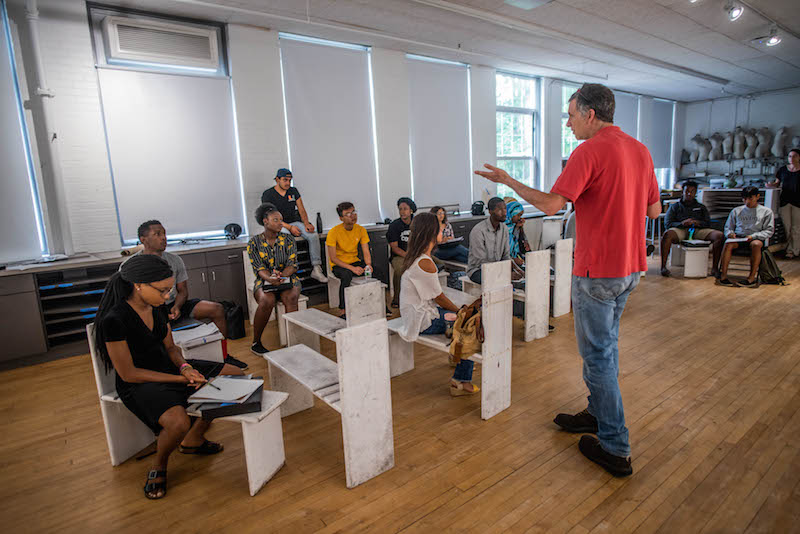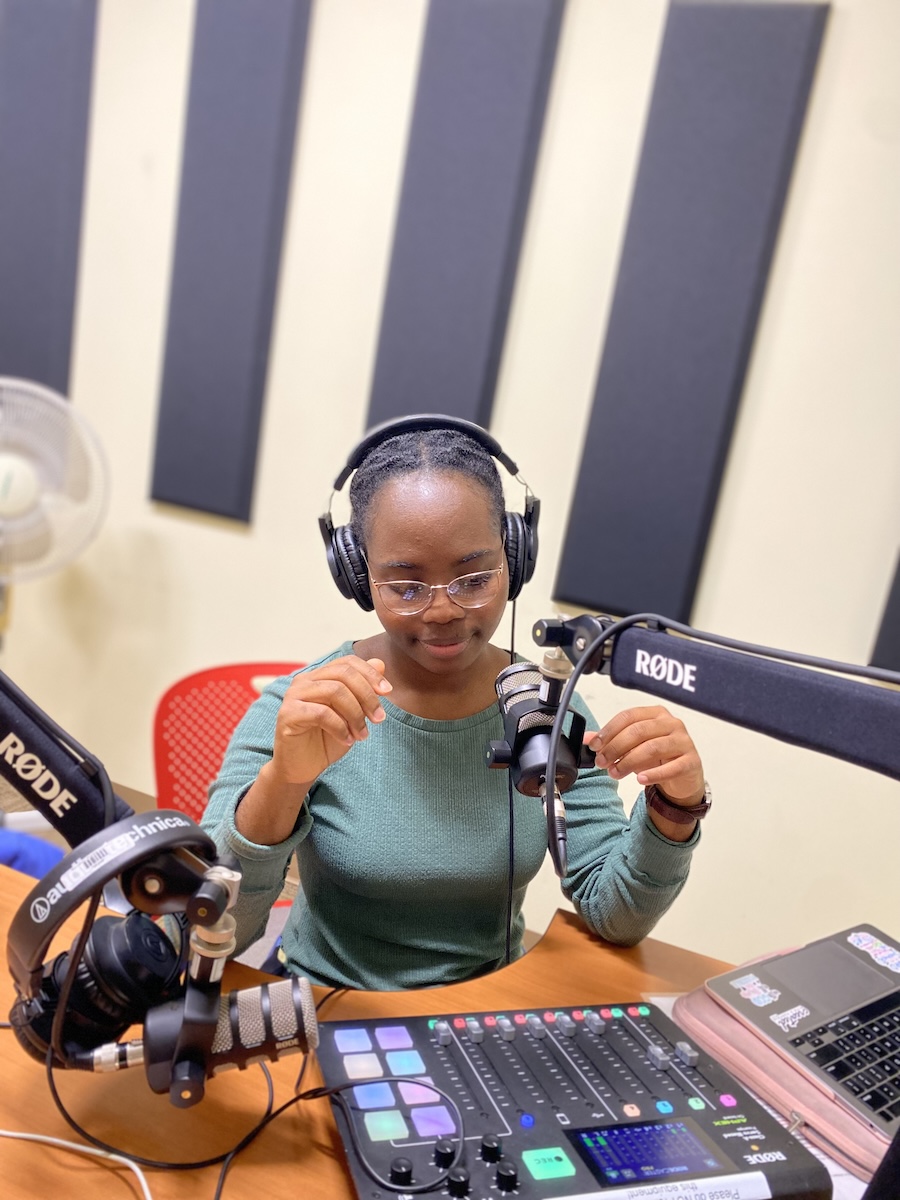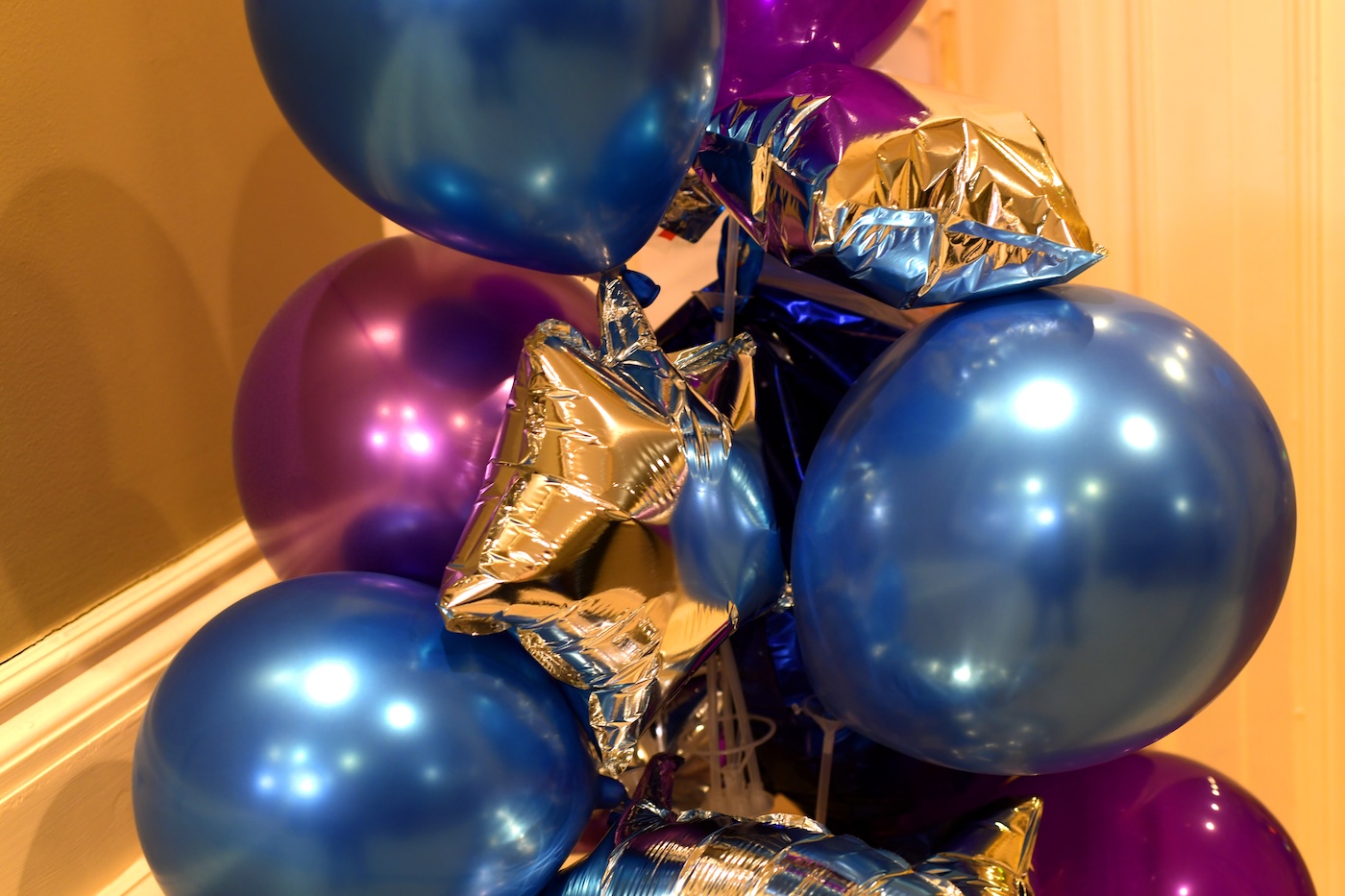Teaching Quantitative Reasoning With Photography
By Rebecca Goldfine
For those of us who just click a button and gratefully let our digital point-and-shoots do all the work of figuring out aperture, shutter speed, and light sensitivity, manual film photography presents an old-school challenge. It requires not just artistry but also mathematical aptitude. To take a beautiful photo you need a vision, and quantitative reasoning.
So that is why fifteen students who are part of the newly launched Geoffrey Canada Scholars program at Bowdoin were, for much of July, taking lots of photographs on campus and nearby and developing them in a dark room in the Edwards Center for Art and Dance.
In a math/photography class co-taught by professors Eric Gaze and Mike Kolster — who are, respectively, director of Bowdoin’s quantitative reasoning program and professor of art — the students studied the inverse-square law governing the relationship between the intensity of light and distance from a subject. They learned the reciprocal relationship between a camera’s f-stop and shutter speed. They calculated the right concentrations of chemicals to bring out the crispness of a black-and-white photograph.
The class is part of a six-week summer program to prepare the Geoffrey Canada Scholars, all incoming first-year students, to succeed, to become campus leaders, to flourish in all ways at Bowdoin. It is just one piece of THRIVE, a new initiative funded by Netflix CEO and co-founder Reed Hastings ’83, to transform the Bowdoin experience for students who are the first in their families to go to college, who come from low-income backgrounds, or who are from groups traditionally underrepresented at the College.
The math of photography
Here are a few of the problems students learned to solve (answers below):
1. If you increase the f-stop (numbers get bigger) by 3 stops, what happens to the amount of light let in?
2. You have an exposure in your pinhole camera at 60 seconds, and you want to change your focal length from 100mm to 150 mm. To get an equivalent exposure you should leave the shutter open for how long?
3. A 20% solution is how much more concentrated than a 16% solution?












When Gaze was designing the new three-week intensive quantitative reasoning course for the Geoffrey Canada Scholars, he asked Mike Kolster, who teaches photography, to co-teach with him. Photography, after all, requires the kind of real-world math skills Gaze wants his students to learn. “I want to teach math that you need for informed decision-making in a specific context,” he said.
So while Gaze was teaching the math of photography, Kolster was teaching the students how to use a 35mm film camera for the first time in their lives, and providing them — so new to Bowdoin and Brunswick — the chance to go out exploring, to get to know the area and reflect on this big step they’re taking.
Once the students had grasped photography’s mathematical ratios and concepts, they set about completing their assignments: to take photos showing who they are, where they are now, how here differs from where they come from, and what their hopes and dreams are.
In a recent class critique of their photos in the Edwards Arts Center, the first-year students tacked up black-and-white photos depicting common sights around Bowdoin and Brunswick: a science lab, the chapel, two heads bowed over laptops, a bin of sea stars, a young man jumping into the ocean, Hubbard Hall, a piano, a bookshelf, etc.
While the image subjects themselves were mostly straightforward, their meanings were not: they reflected the students’ desires to nurture friendships, to experience moments of joy, to become a heart surgeon, to travel, to read a lot, to have a family, to graduate from Bowdoin. (You can see some of their photos in a current show in the Edwards Arts Center’s main gallery.)
George Marin ’22, a Geoffrey Canada Scholar from the Bronx, in New York City, said he adored the class. “Photography is new to me, and I have enjoyed being exposed to it for the first time,” he said. He mentioned a trip the class to the Schiller Coastal Studies Center in Harpswell for a photo shoot. “That was exciting, because nature is new to me, photography is new to me. It was fascinating doing something I’ve never done before.”
Photography by Michele Stapleton
Answers:
1.
- a) it triples
- b) it increases by a factor of 27
- c) it decreases by 1/9
- d) it decreases by 1/8
2.
- a) 135 seconds
- b) 27 seconds
- c) 90 seconds
- d) 120 seconds
3.
- a) 20% more
- b) 25% more
- c) 4% more
- d) 10% more
1. (d) 2. (a) 3. (c)



